The travel and tourism industries contribute approximately 8% of global greenhouse gas emissions. But that doesn’t mean wanderlust has to come with a guilty conscience. Here are 15 destinations leading the charge in sustainable tourism, where breathtaking experiences meet environmental responsibility.
Sweden
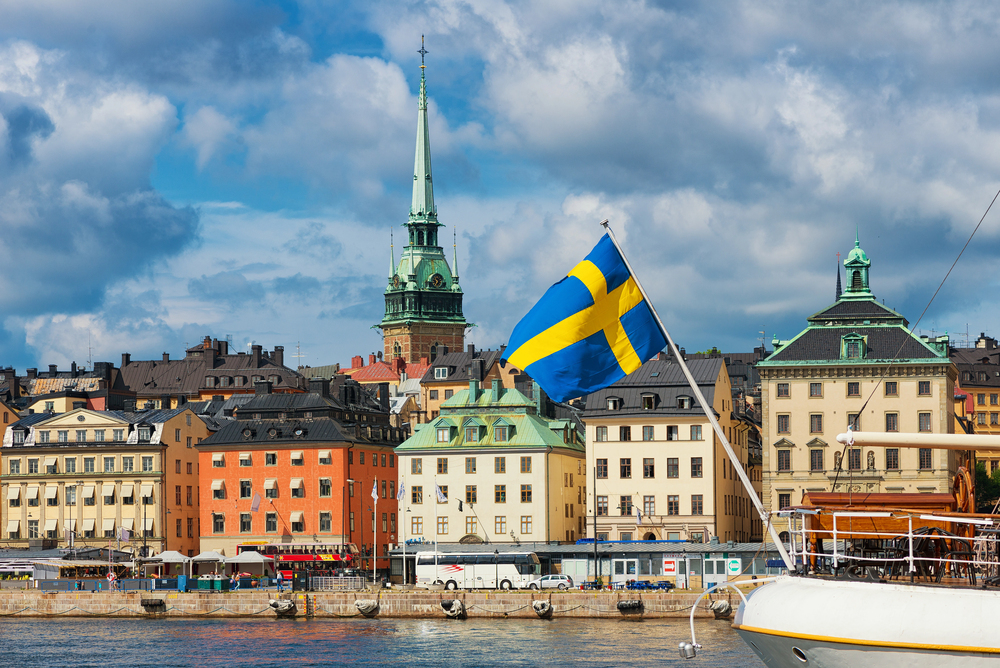
Euromonitor International’s 2023 Sustainable Travel Index crowned Sweden the world’s most sustainable travel destination. Stockholm’s public transit runs entirely on renewable energy. The country has pushed over 250 accommodations to qualify for the Nordic Swan Ecolabel, while their Nature’s Best charter certifies tour operators focused on sustainable practices.
The archipelago beckons with 30,000 islands and skerries. Crystal-clear waters reflect pine-covered shores where you can kayak without leaving a trace.
Iceland
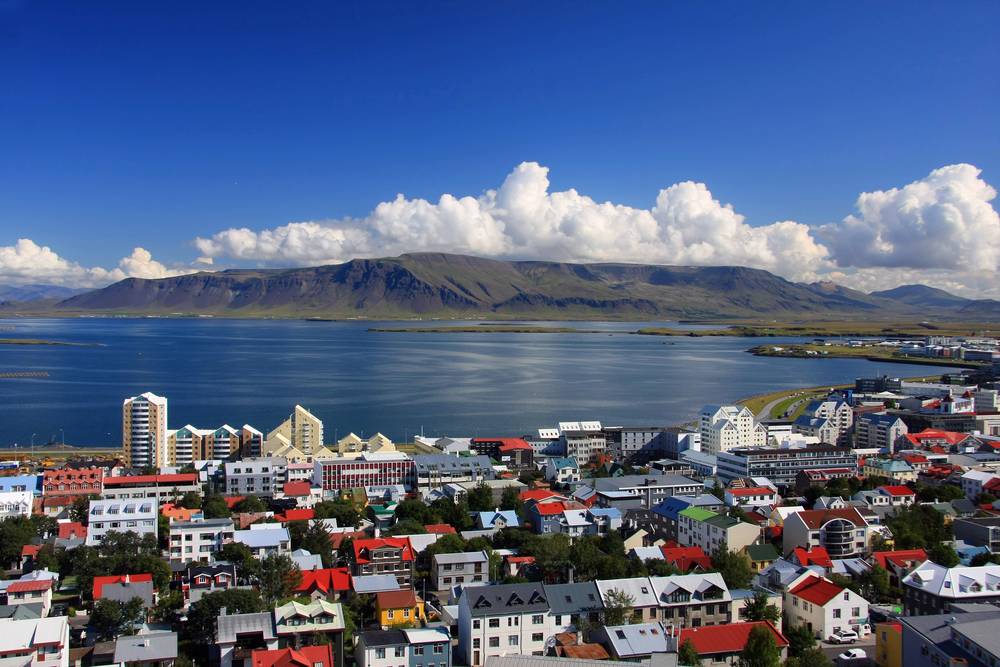
This Nordic island nation harnesses geothermal power for nearly everything. Iceland stands out for its use of geothermal energy and its commitment to a low-carbon footprint. Whale-watching tours maintain strict protocols to avoid disturbing marine life, while the Blue Lagoon sources its milky waters from a nearby geothermal power plant.
But here’s the thing about Iceland’s Northern Lights. Best viewed from eco-lodges that minimize light pollution, they dance across skies that smell faintly of sulfur from nearby hot springs.
Costa Rica
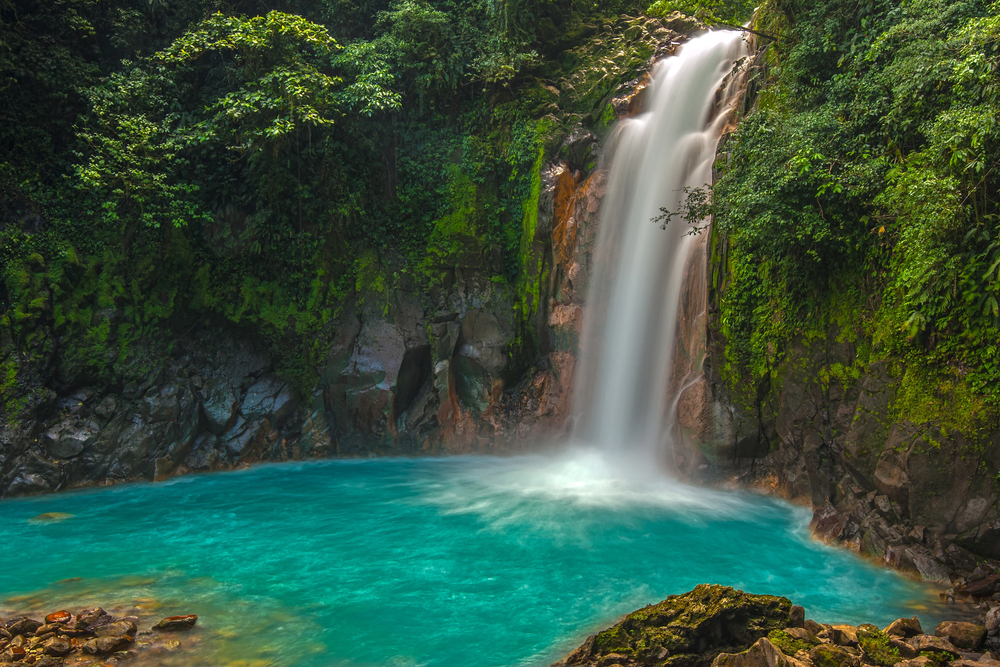
This Central American pioneer protects more than a quarter of its territory. Costa Rica leads the way as one of the most successful ecotourism destinations in the world. It is home to the largest percentage of protected areas in the world. Zip-lining through cloud forests, tracking quetzals, and spotting sloths become acts of conservation when your tourism dollars fund habitat protection.
The country’s biodiversity density is staggering. You can spot more bird species in one morning here than most people see in a lifetime.
New Zealand
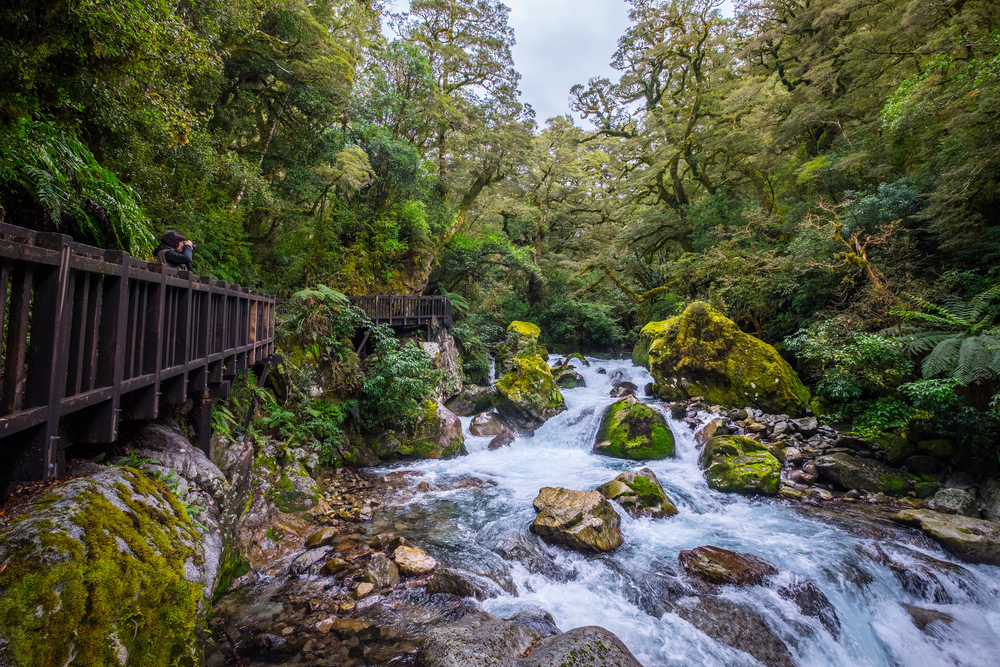
New Zealand’s commitment to conservation and eco-tourism is evident in its pristine landscapes and well-managed national parks. Fiordland National Park stretches across untouched wilderness where waterfalls plunge from heights that make your ears pop. The country’s focus on renewable energy and waste reduction extends to its tourism policies, ensuring visitors can explore responsibly.
Maori cultural experiences here aren’t just entertainment. They’re partnerships that preserve indigenous knowledge while supporting local communities.
Bhutan
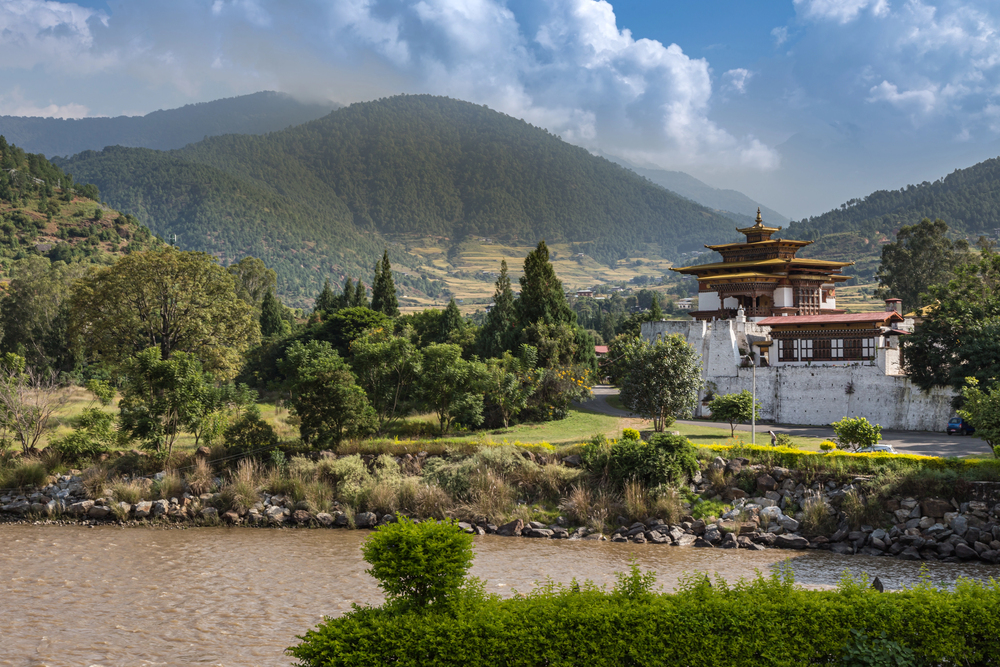
The world’s only carbon-negative country takes a radically different approach to tourism. The country is slowly developing its tourism industry to preserve natural resources and protect its ancient and unique culture. Visitors pay a daily sustainable development fee, ensuring tourism benefits locals without overwhelming fragile ecosystems.
The country has a law that ensures that 60% of the country must remain forest to preserve it for future generations. Ancient monasteries perch on clifftops where prayer flags flutter in mountain winds.
Slovenia

Often overshadowed by its Alpine neighbors, this small nation generates 75% of its electricity from hydroelectric sources. Ljubljana was voted as the European Green Capital for 2016. The capital runs buses on natural gas and operates urban electric trains.
Lake Bled might look like a fairy tale, but the real magic happens in the Julian Alps. Here, eco-friendly farms offer insights into local life while supporting sustainable agriculture. And yes, the lake really is that shade of emerald green.
Switzerland

With a recycling rate exceeding 50%, Switzerland proves luxury and sustainability can coexist. The country boasts an impressive recycling rate of over 50% and has implemented renewable energy projects, including hydroelectric power. An efficient network of trains and electric buses connects pristine alpine villages where cow bells still echo across valleys.
Snow-capped peaks reflect in pristine lakes while sustainable accommodations blend seamlessly into landscapes that inspired countless postcards.
Galapagos Islands
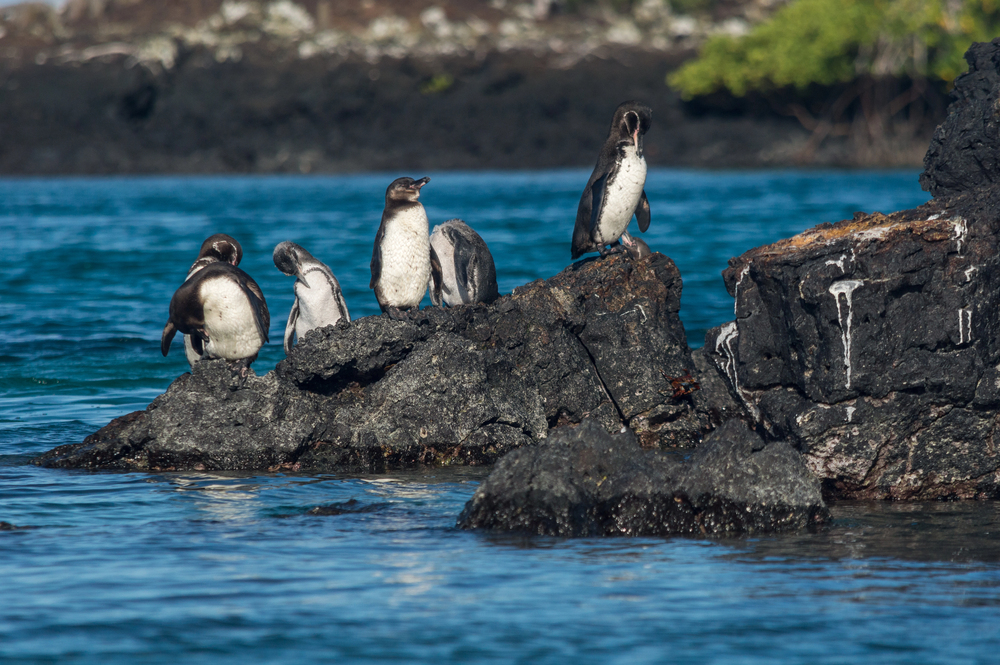
The Galapagos Islands were declared the first ever world heritage site in 1978 and today 90% of the land is designated as a national park. Strict visitor limits protect the unique ecosystem where Darwin developed his theory of evolution. Marine iguanas bask on volcanic rocks while blue-footed boobies perform their peculiar mating dance.
Every tour guide here is also a naturalist. They’ll explain why giant tortoises live over 100 years while you watch them lumber through cactus forests at their own unhurried pace.
Estonia

This Baltic nation consistently ranks among the world’s top countries for air quality. Estonia is a small Baltic nation with a big commitment to sustainability and ecology. It ranks among the top countries in the world for its air quality and waste management. Medieval Tallinn’s cobblestone streets lead to forests where brown bears roam and digital nomads work from eco-conscious co-working spaces.
The country’s e-residency program lets you experience Estonia’s digital-first culture while minimizing paper waste.
Botswana

Botswana is a top African safari destination. It is home to the vast Okavango Delta, the world’s largest inland delta and a UNESCO World Heritage Site. High-value, low-impact tourism protects this pristine wilderness where elephants wade through crystal channels and lions hunt under star-filled skies.
Mokoro canoes carved from single trees glide silently through papyrus channels. The only sounds are hippo grunts and African fish eagle calls echoing across endless wetlands.
Ecuador

Beyond the Galapagos, mainland Ecuador protects vast Amazon rainforest through eco-lodge networks. Ecuador’s commitment to sustainable travel is evident in its practices and conservation initiatives. Cloud forests harbor more plant species per square mile than anywhere else on Earth, while indigenous communities share traditional knowledge about medicinal plants.
- Volcano climbing that funds conservation
- Bird watching that supports local guides
- Chocolate tours at sustainable cacao farms
The country’s incredible biodiversity means you might spot more species in one week than exist in entire European countries.
Quebec
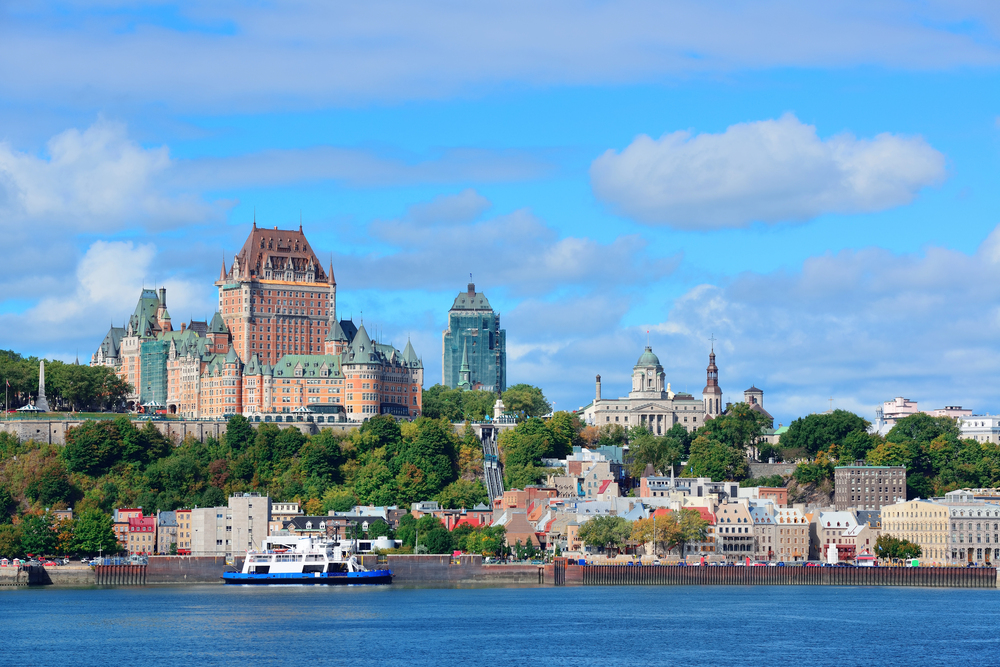
Quebec, Edmonton, and Ottawa have maintained their positions, emphasising their ongoing dedication to responsible practices that attract travellers seeking more environmentally-friendly experiences. The province’s vast wilderness areas remain largely untouched while cities like Montreal lead North America in bike-sharing programs and green building standards.
Maple syrup production here follows centuries-old sustainable practices. The sweet smell of boiling sap fills sugar shacks every spring.
Helsinki
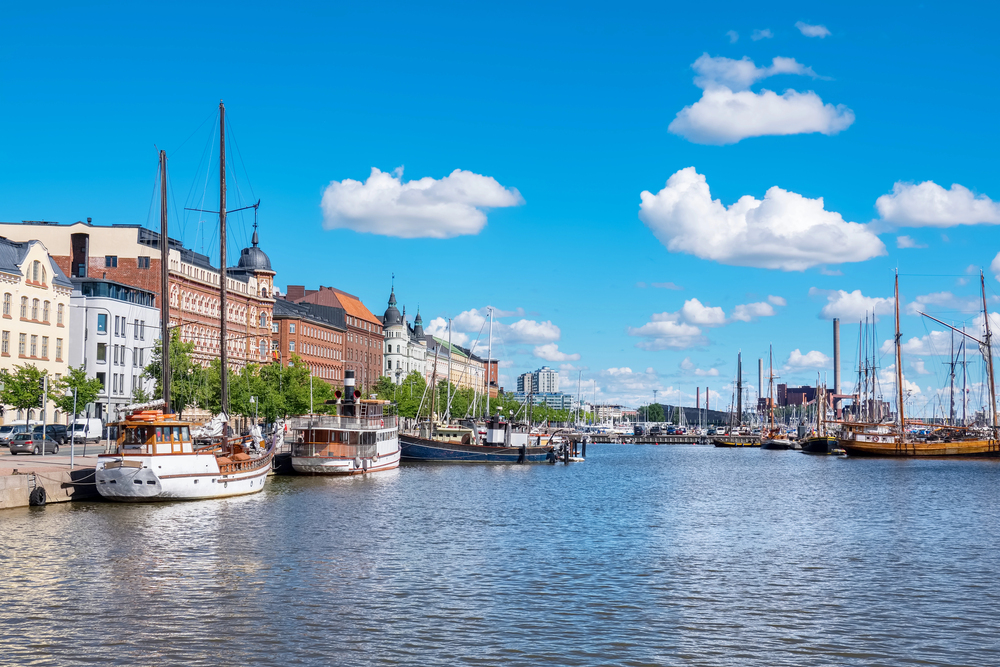
Helsinki remains a standout leader in the Northern European region, celebrated for its pioneering sustainable initiatives. This Nordic capital combines cutting-edge design with environmental consciousness. District heating systems warm entire neighborhoods using renewable energy, while urban forests provide wildlife corridors within city limits.
Market Square buzzes with vendors selling local berries that grow wild in nearby forests. The Baltic Sea stretches to the horizon, dotted with islands accessible by emission-free ferries.
Patagonia
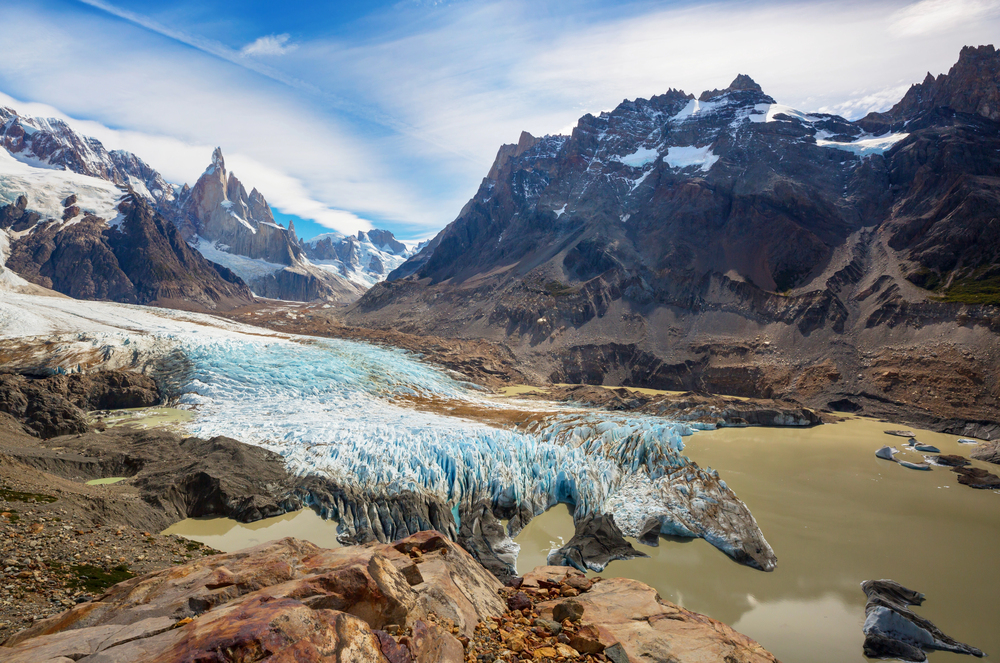
Straddling Argentina and Chile, this region represents one of conservation’s greatest success stories. Patagonia continues to captivate with new routes, expanding parks, and one of the continent’s most ambitious rewilding projects. Former cattle ranches now protect pumas and guanacos while eco-lodges offer front-row seats to some of the planet’s most dramatic landscapes.
Glacial winds carry the scent of ice and possibility. Torres del Paine’s granite spires pierce skies that shift from blue to silver to gold within minutes.
Koh Mak, Thailand
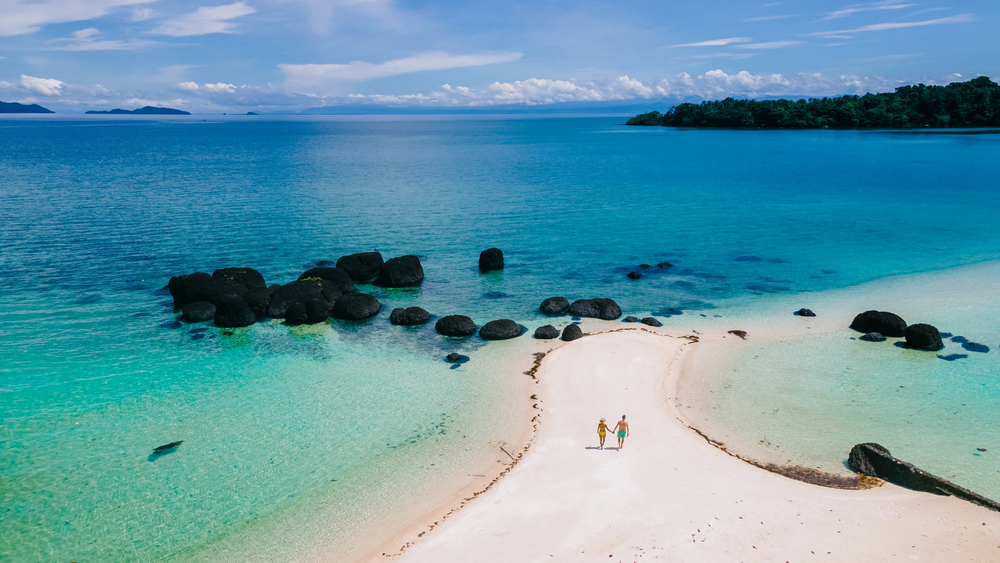
While Thailand’s popular islands groan under tourism pressure, Koh Mak takes a different path. With its commitment to sustainable tourism, the island has implemented eco-friendly initiatives such as banning plastic bags and promoting responsible snorkelling practices. Crystal waters reveal coral reefs recovering through careful management and community-based conservation.
This hidden gem offers peaceful beaches where the only footprints in the sand might be yours. Local fishermen still use traditional boats that leave no wake.
Where sustainability meets wanderlust

These destinations prove that responsible travel enhances rather than limits adventure. From carbon-negative kingdoms to rewilded wilderness, each offers experiences that regenerate rather than deplete the places we love to explore.
More from Travel Pug

- 20 Best Beach Towns in the Carolinas
- 13 Destinations Where Tourists Regularly Regret Their Trip
- 20 Things You Actually Get in First Class
- 20 Small Airports With Aviation Museums
- 20 Places in the U.S. That Are Perfect for a Reset Trip
Like Travel Pug’s content? Follow us on MSN.
